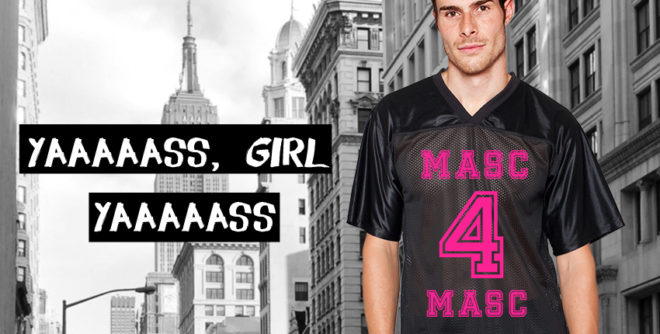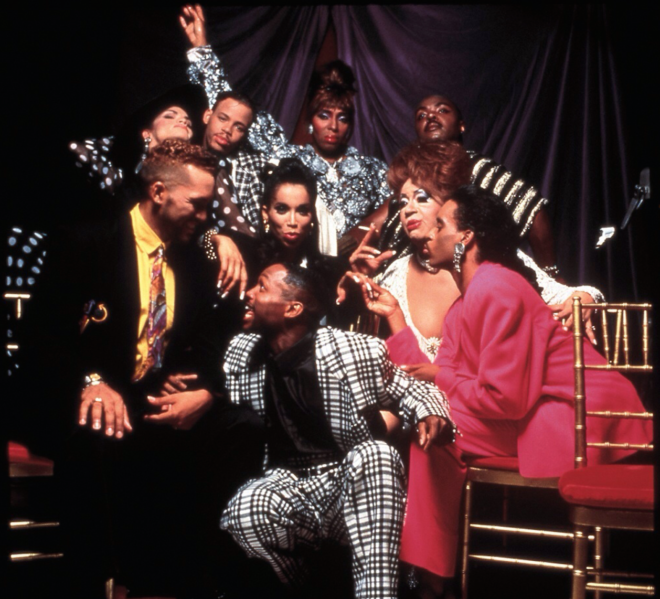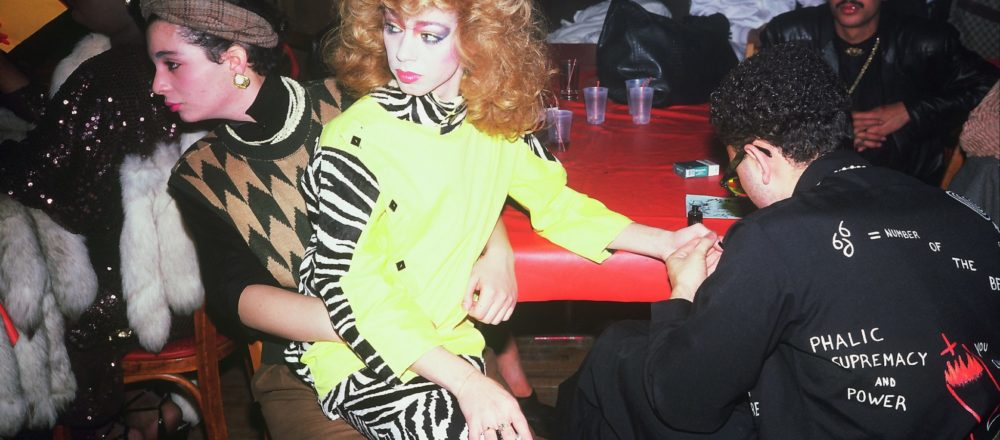Notwithstanding the horror of the Trumpocalypse, it’s seemingly easier than ever to be gay – or, at least, to be a white gay cisgender man in the West. The worldwide push for marriage equality still has a long way to go, and homophobia – whether external or internalised – continues to plague all non-heterosexual men, but there’s an expansive trend towards acceptance that we haven’t yet seen in the global consciousness. In response to society’s apparent embrace of gay identity, the media now claim that trans issues are today’s civil rights frontier.
To gay men, this acceptance is arguably an empowering corrective that redresses centuries of marginalisation. Yet it’s a historical truism – an ostensibly inescapable aspect of the human condition – that power allies itself with corruption. Political favour (in liberal Western contexts, especially) can become entangled with complacency, whereby no longer being “Other” sometimes leads to ostracising other Others.
We see this corruption in the racism of earlier, more “assimilated” immigrants towards newer ones. We see it in the destructive call-out culture of minority progressives. And we see it in the racist predilections of the gay community, with discrimination a constant reality for those who don’t fit the white “masc” mould.

A promo image from the website for Newyorkshka, an American clothing brand that caters for gay consumers.
I won’t delve into the racism of gay male dating and sex, which has been analysed almost to the point of oversaturation. For that, read this article on internalised prejudice, this Star Observer survey of firsthand racism and Benjamin Law’s revelatory piece on being a gay Asian-Australian. What I’m interested in is the way this attitude manifests particularly through white performances of “blackness” and the implications this appropriation has on non-privileged queer identities.
Many have criticised society’s continued co-option of African-American slang and cultural artefacts. In the past year, terms like “yass”, “lit” and “shade” have entered our vernacular, and twerking has become an everyday occurrence, largely as a result of the (white-powered) mainstream’s seizure of black culture in the name of “cool”.
Yet, as trans writer Fury has argued, “It is through words that we create space […] There is a symbiosis between how you represent yourself through your use of language and how your language constructs a context for you.” For minorities, these cultural forms embody acts of reclamation – it’s less about self-ghettoisation and more an attempt to centre their experiences in a world that persistently makes them peripheral. To have white society take those vehicles for social cohesion and make them mainstream negates their political impetus.
As the circumstances for gay men have improved, acts of performance-based solidarity are less necessary; they enact wilful exploitation, downplaying the struggles of both black and older gay individuals.
This form of cultural appropriation is refracted within gay communities. In a piece for Time, Sierra Mannie contends that white gay subcultures “pillage” language and mannerisms from black women. Indeed, the gay community has a longstanding history of this form of appropriation: a way to carve out an inclusive sociocultural context. Adopting a particular patois and carriage was a means through which gay men could subtly self-identify as part of the queer community when “passing” was necessary for survival. By way of illustration, the 1990 documentary Paris Is Burning chronicles the New York drag balls of the 1980s and the particular linguistic and artistic forms – largely inspired by black culture – that permeated gay subcultures of the time.

The cast of Paris Is Burning (1990).
It may be the case that the mainstream media takes its cues from the drag world rather than black culture directly, and the trope of the gay man with an inner “strong black woman” is well-known and well-subscribed-to. Nevertheless, these instances of appropriation need interrogation. As the circumstances for gay men have improved, acts of performance-based solidarity are less necessary; they enact wilful exploitation, downplaying the struggles of both black and older gay individuals.
More significantly, the apparently innocuous appreciation-via-adoption of black culture is tinged with hypocrisy, given the discrimination faced by black gay men and other queer people of colour within the gay community.
Beyond gay circles, the reality is that, while black culture is perennially “cool”, black people remain disadvantaged economically and sociopolitically. Add this to the belief prevalent among “sassy” gay white men that they’re exempt from misogyny (because they surely can’t objectify people they’re not attracted to) and we get hallmark examples of homonormativity.
In a nutshell, the concept identifies the hegemonic tendency within non-cisgender and heterosexual communities to mirror cisheterosexuality: the ultimate form of passing. The white gay male’s proximity to the dominant group – his intersectional privileges of education, class and masculinity – ensures the chauvinistically patriarchal system accepts his “non-standard” but “non-threatening” identity. While this enables the sense of empowerment I mentioned earlier, it can also encourage further homonormative behaviour.
If slang and similar cultural forms are attempts to create safe and celebratory spaces, then the plundering of “cool” black artefacts by privileged white gay men – and the related acts of homonormative discrimination it engenders – is yet another act of subjugation. Must those outside the dominant group seek alternative contexts – linguistic, cultural, sexual – ever farther in the margins? It seems the old queer frontier is one we’ve not yet fully conquered.


